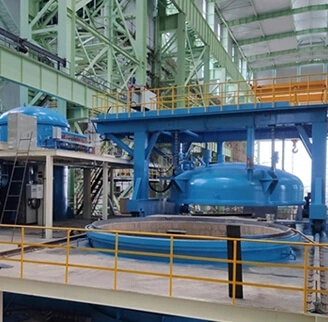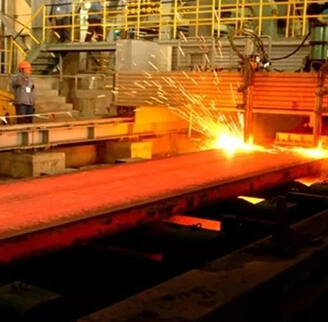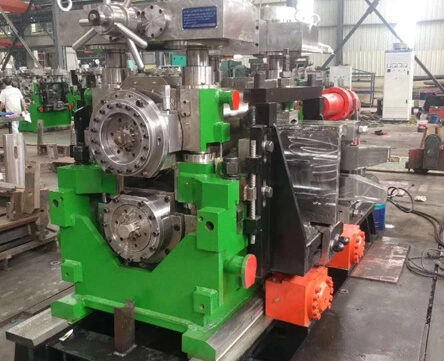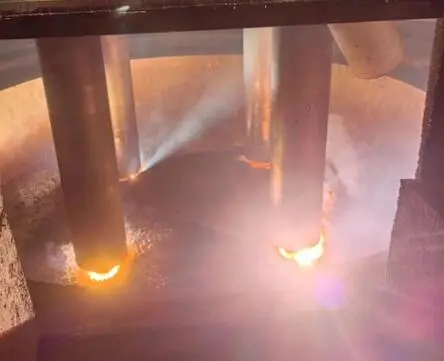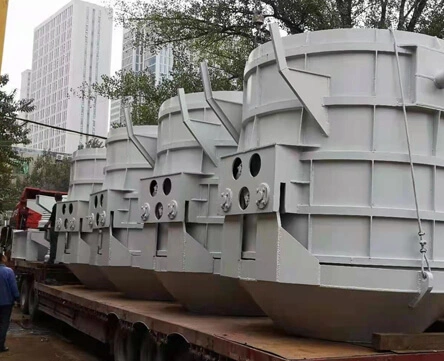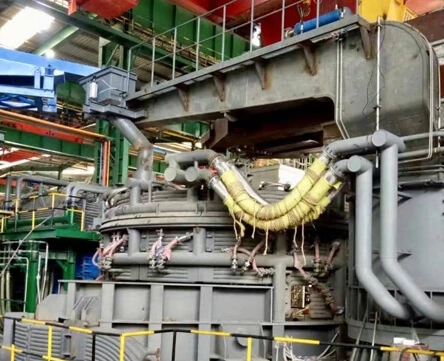Alloys are widely used in various industries, from aerospace to automotive, due to their remarkable properties. These specialized materials possess improved mechanical, thermal, and corrosion resistance characteristics compared to pure metals. One of the key processes in alloy manufacturing is the use of an AOD furnace. In this blog, we will explore the significance of AOD furnaces in optimizing alloy production and why they are crucial for achieving high-quality alloys.
What is an AOD Furnace?
An AOD (Argon-Oxygen Decarburization) furnace is a crucial piece of equipment used in the production of alloys. It is a versatile furnace that can be used for various alloy types and has become a staple in the modern alloy manufacturing industry. AOD furnaces play a vital role in refining stainless steels, nickel-based alloys, and other specialty alloys.
Advantages of AOD Furnaces
AOD furnaces offer several advantages that make them a preferred choice for alloy manufacturing. Firstly, they enable the removal of impurities such as carbon, sulfur, and phosphorus from the molten metal, resulting in a cleaner and more homogeneous alloy. Secondly, AOD furnaces allow for precise control over the composition and chemical properties of the alloy, ensuring consistency and quality. Furthermore, AOD furnaces are energy-efficient, contributing to cost savings and environmental sustainability.
The Argon Oxygen Decarburization Process: How Does It Work?
The Argon Oxygen Decarburization Process involves injecting oxygen and argon gases into the molten metal bath. This triggers a chemical reaction that causes carbon to be converted into carbon monoxide gas, thereby reducing the carbon content in the alloy. The oxygen gas aids in removing other impurities by forming oxides, which are then skimmed off the surface. The precise control of gas flow rates and temperature during the Argon Oxygen Decarburization process allows manufacturers to achieve the desired chemical composition and properties in the alloy.
AOD Furnaces and Alloy Quality
AOD furnaces are instrumental in producing high-quality alloys. By effectively reducing impurities, these furnaces ensure the resulting alloys possess enhanced mechanical properties, increased resistance to corrosion, improved weldability, and superior performance in high-temperature environments. The ability to precisely control the alloy's chemical composition helps meet strict industry specifications and customer requirements.
Innovations in AOD Furnace Technology
Over the years, advancements in AOD furnace technology have further optimized the alloy manufacturing process. Improved refractory materials and insulation techniques have led to enhanced energy efficiency and lower heat loss. Automation and computerized control systems ensure precise control over the AOD process, resulting in higher repeatability and reduced human error. Additionally, the development of AOD furnace designs with larger capacities has increased production efficiency and reduced downtime.
In conclusion, AOD furnaces have a crucial role in optimizing alloy manufacturing. These furnaces offer numerous advantages, including impurity removal, precise compositional control, energy efficiency, and improved alloy quality. The AOD process ensures that alloys meet industry standards and customer expectations. As technology continues to evolve, AOD furnace innovations will further enhance the production of high-quality alloys, supporting the growth and advancement of numerous industries.
Zhao Lianggang
Mr. Zhao, a graduate of Shaanxi Normal University, is an expert in metallurgical and steel equipment. With a robust knowledge of EAF, LF, VD/VOD, CCM, and related processes, he possesses a deep understanding of industry trends and customer needs. As a co-founder of CHNZBTECH, he leads the company's international strategy, expanding operations into over 20 countries across the Middle East, Southeast Asia, Africa, and South America. By merging his metallurgical expertise with global market insights, he has driven significant overseas growth and solidified the company's competitive position in the international metallurgical equipment industry.
 back homepage
back homepage

 EN
EN
 fr
fr  ar
ar  fa
fa 
